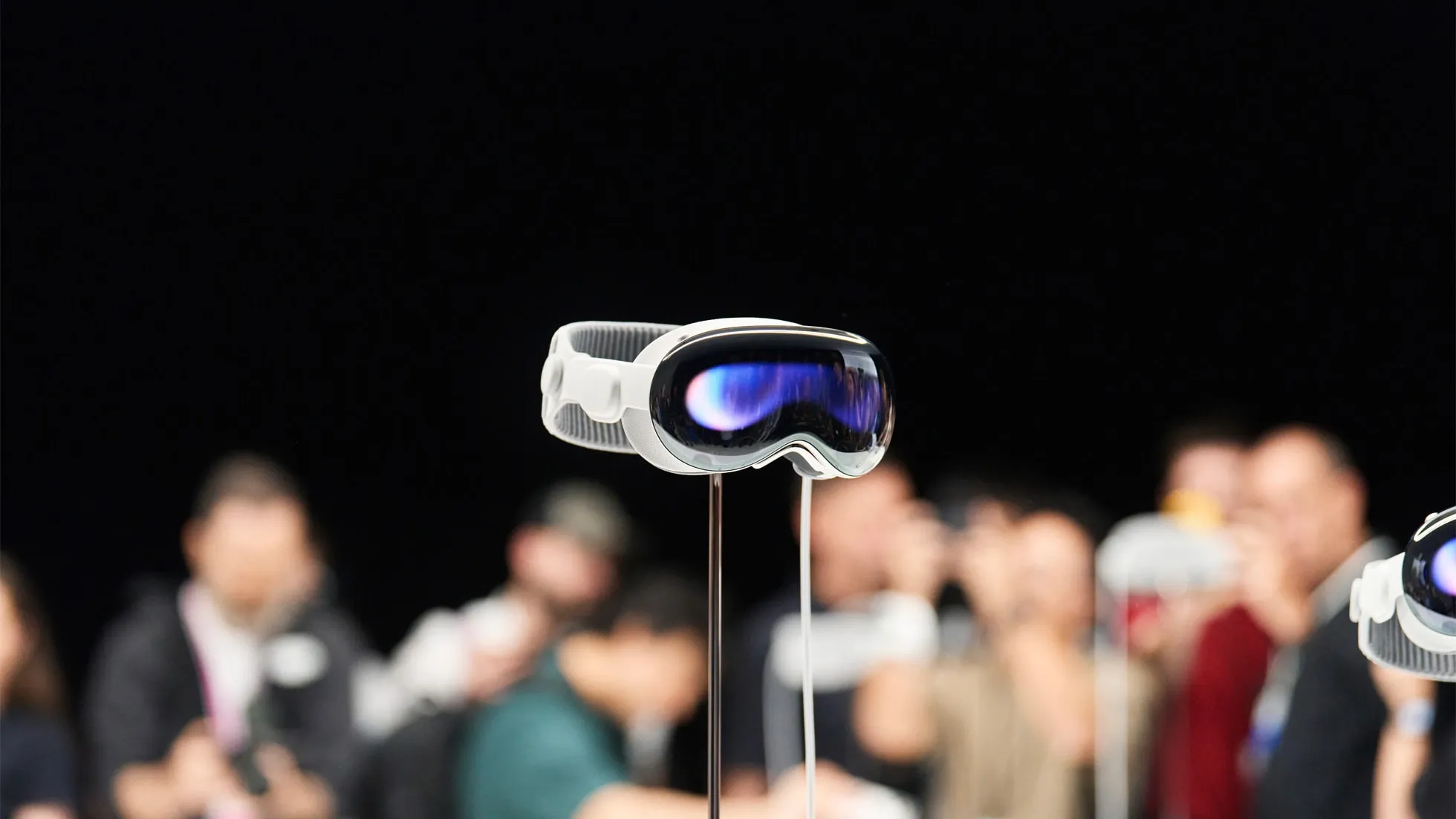Recently, Mark Gurman revealed that Apple has halted the development of its AR glasses initiative after executives were underwhelmed by early demonstrations. While the Vision Pro has struggled to gain traction in sales, it seemed that AR glasses were the next logical step for Vision products. However, this may not be the case—at least for the time being.
Vision Pro hinted at a future only AR glasses could achieve
Upon the launch of Vision Pro last year, reviewers pointed out two main criticisms:
- the device needed to be lighter, as glasses would be the ideal design
- the cost was prohibitively high
Aside from these two concerns, critics generally agreed that Apple had accomplished impressive advancements with visionOS and the hardware of Vision Pro.
For many, the device represented the future, albeit with certain constraints holding it back.
Apple’s AR glasses project was anticipated to provide a solution.
Yet now it has been scrapped, leaving us questioning: what happened?
Two key reasons Apple Glasses won’t arrive soon

In contemplating the arrival of Apple Glasses, two significant factors are likely to delay the release of such a product.
- Physical constraints
- Apple’s existing wearable technology
The first point is quite straightforward.
Apple already finds it challenging to make its existing AR product—Vision Pro—light enough for comfortable usage.
Though AR glasses are an appealing vision, their feasibility remains questionable in the immediate future.
Only when Apple can produce a Vision Pro that is significantly lighter, without necessitating specialized accessories designed by medical professionals for comfort, can the production of AR glasses truly be considered.
Some might argue, “If Apple can’t produce effective AR glasses, why not create a competitor to Meta’s Ray-Bans?”
I’ve heard commendations regarding Meta’s smart glasses and similar offerings from other companies.
However, these products share a common limitation: their functionality mainly overlaps with what Apple’s existing wearables already provide—or soon will.

AirPods and Apple Watch have already achieved significant success, and together they afford many of the same features that contemporary smart glasses provide.
Siri and ChatGPT are readily accessible through AirPods, and with the Apple Watch, notifications can be announced by Siri or displayed directly on your wrist. Playback controls, translations, and much more are all at your fingertips, with additional features on the horizon.
Reports suggest that Apple is exploring the integration of cameras into future models of the AirPods—this would address one of the few remaining advantages smart glasses currently hold.
Given that existing wearables offer such capabilities, there is little incentive for Apple to develop smart glasses until it can ensure genuine AR support.
Apple Glasses: Conclusion
Will we eventually see a world where everyone sports AR glasses? Perhaps.
However, technology must evolve sufficiently to create a compelling product that can drive such a cultural shift, and indicators suggest we are still years away from that point.
A simpler product, such as smart glasses, could become mainstream sooner, but if the features of AirPods and Apple Watch can substitute for those, why would most consumers choose to wear something on their faces?
The potential within the AR/VR/headset/glasses sector is immense. But for now, Apple’s decision to pause its AR glasses project is understandable.
Ongoing advancements with Vision Pro, AirPods, and Apple Watch will eventually propel the company closer to realizing the dream of AR glasses—it’s just a matter of time.
Top iPhone Accessories
: . More.



